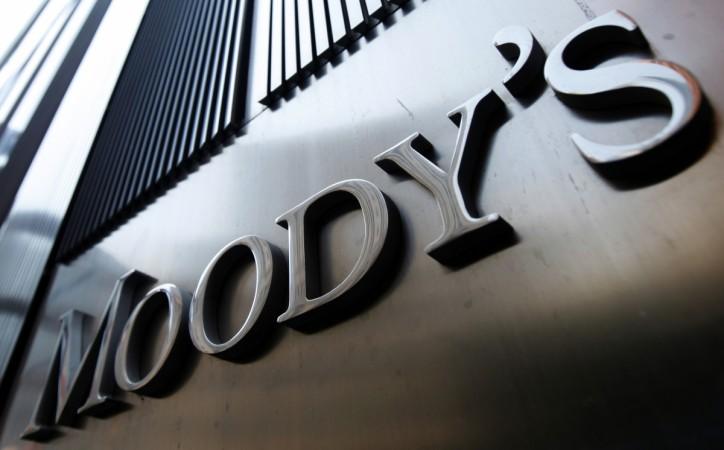Global ratings agency, Moody's Investors Service on Thursday has cut India's ratings outlook to "negative" from "stable", citing increasing risks that growth in Asia's third-largest economy will remain lower than in the past. The ratings agency said that its action partly reflected government and policy ineffectiveness in addressing economic weakness, which in turn led to an increase in debt burden from already high levels.
Soon after Moody's cut India's credit rating outlook, the government strongly reacted issuing a statement to the development. "India's relative standing remains unaffected," the finance ministry, as reported by news agency PTI. The government explained that the fundamentals of India's economy remain "quite robust" and the recent series of reforms would stimulate investments and strengthen the economy.

"Government of India has also proactively taken policy decisions in response to the global slowdown. These measures would lead to a positive outlook on India and would attract capital flows and stimulate investments," the statement read.
"The fundamentals of the economy remain quite robust with inflation under check and bond yields low. India continues to offer strong prospects of growth in the near and medium-term," the finance ministry statement added.
India likely headed for debt-trap
Moody's retained its foreign and local currency ratings at 'Baa2 and has warned that India could be heading for a debt trap and recessionary phase. The Nifty 50 index NSEI fell 0.4 p per cent in early trade on Friday, while the rupee INR=D4 weakened to 71.31 against the dollar, versus Thursday's close of 70.965.

"India continues to be among the fastest-growing major economies in the world, India's relative standing remains unaffected," the finance ministry said in a response to the outlook cut, adding that the economy's fundamentals remained "quite robust".
The ratings agency said that its action partly reflected government and policy ineffectiveness in addressing economic weakness, which in turn led to an increase in debt burden from already high levels.
The economy grew only 5.0 per cent year-on-year between April and June, its weakest pace since 2013, as consumer demand and government spending slowed amid global trade frictions.
This prompted a slew of rate cuts by the central bank, while the government rolled out several measures, including a sharp cut in corporate taxes, in a bid to boost growth.
"While government measures to support the economy should help to reduce the depth and duration of India's growth slowdown, prolonged financial stress among rural households, weak job creation, and, more recently, a credit crunch among non-bank financial institutions have increased the probability of a more entrenched slowdown," Moody's said.
Moody's said it does not expect the credit crunch among non-bank financial institutions to be resolved quickly.
The domestic auto sector is also in the middle of one of its worst slowdowns ever, and overall jobless rates rose to 8.5 per cent in October, the highest since August 2016.
Growth in fuel demand is on course to fall to its lowest in at least six years as the economy slows and after heavy rains impacted gas oil consumption, which accounts for about two-fifths of the nation's overall fuel use.
After the corporate tax cuts and lower nominal GDP growth, Moody's now expects a government deficit of 3.7 per cent of GDP in the fiscal year ending in March 2020, compared with a government target of 3.3 per cent of GDP.
(With agency inputs)

















